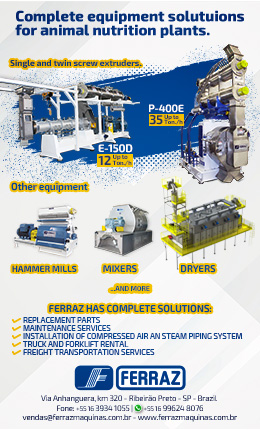Giving snacks and treats can upset a pet"s complete and balanced food regime. What is the solution? Everything your pet needs? Complete and balanced. What does that really mean? For us in the pet industry, it says the food has everything your pet needs and the nutrients are balanced.
Pet food regulations define the claim of "complete and balanced" or "100% nutritious" as meeting critical nutrition levels. What if a pet owner gave 10% more calories to their pet than provided in the complete and balanced food? For instance, my dog requires 1,000 kcal/day.
What if I gave him 100 calories more each day? The answer is, it would mean 36,500 extra calories over one year which would either require me to exercise my dog more or let him become overweight. Over-feeding Facts show that many pet owners feed an extra 10%, 20%, even 30% or more calories each day by giving treats, food scraps, chews, dental products, pharma and nutritional supplements.
Since exercise and activity typically do not increase, we observe that a high percentage of our pet populations are overweight (around 40-50%). All of these "extra" food products bring more than just calories.
They bring protein, fat, fibres, macro- and micro-minerals. Feeding a treat high in phosphorus can easily reverse the overall ratio of calcium to phosphorus, for example. High sodium levels in treats and meat rewards can totally upset the absolute level of sodium designed into the complete food.
Pet owners commonly do not balance their own food intake as well as they should and, over time, nutritional and health issues begin to show, in cardiovascular disease, hypertension, colitis, cancer, etc. The same is true for our pets, but the length of life of pets is much shorter and nutritional balance can have a much bigger impact to health and life. How to ensure balance?
Without knowing how many treats might be fed to a pet, there is no way to fully predict what happens to the completeness and balance of the food when looking at the total food regime. That is in the hands of the pet owner. If they were simply to feed less of the complete and balanced food when feeding treats and other edibles, that would help to keep the caloric intake in check.
However, it is not an easy adjustment to figure out, and the completeness and the balance of the food would still be altered. Questions to answer So why not just make all treats complete and balanced? That is a reasonable question. In the past, many brands have formulated treats to be complete and balanced but later moved away from it.
Cost is often an important consideration. Or why not include in our feeding instructions a word of caution on how to feed other edible products? Or suggest giving less food when using treats? I believe it would be easier if all treats were complete and balanced. That does not resolve the possible concern of too many calories or potential unbalancing, but it would be a good start.
Source: All Extruded
You could be interested: New research brief: Dental stick extrusion utilizing spray dried plasma (SDP)















































